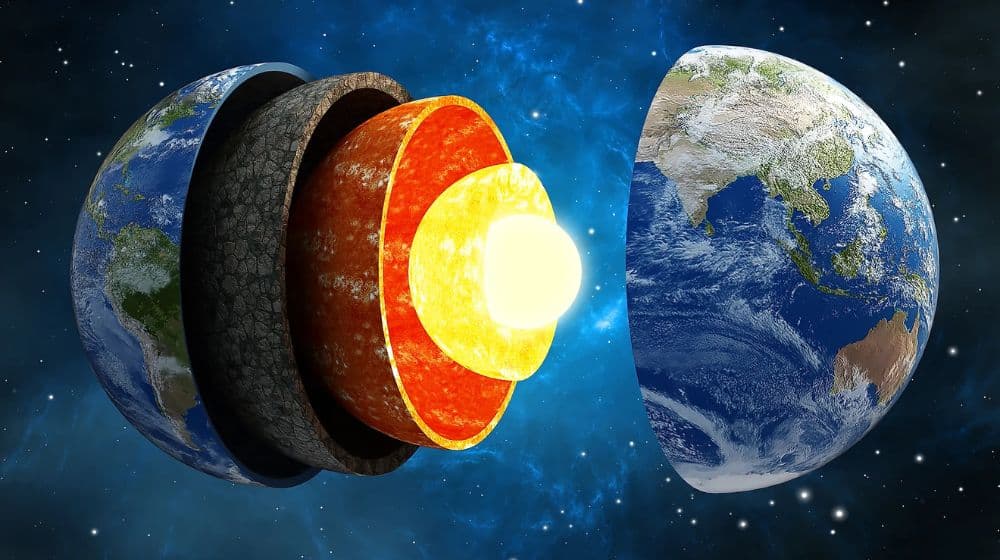AI Generated Newscast About Gamma-Ray Burst Shocks Scientists — Space Mystery Unfolds!

What if I told you the universe just broke its own rules — and we caught it live? Imagine a cosmic explosion so powerful, so strange, it repeats itself again and again... leaving the world’s top scientists speechless. That’s exactly what happened with the discovery of GRB 250702B, a gamma-ray burst that’s rewriting everything we know about how stars die.
Let’s break it down: On July 2, 2025, NASA’s Fermi Gamma-ray Space Telescope detected something wild — a burst of the universe’s most energetic light, gamma rays, not once, but three separate times in a few hours. This wasn’t just a fluke. When the data detectives at the Einstein Probe X-ray telescope checked their records, they found the same source popping off a day earlier. For astronomers, whose rulebook says these explosions should be one-and-done, this was like finding a firework that just refuses to quit.
GRBs, or gamma-ray bursts, are usually the universe’s grand finales: the death throes of massive stars, or the cosmic carnage of a star being torn apart by a black hole. These events unleash as much energy in a few seconds as our sun will emit over its entire 10-billion-year life span. But GRB 250702B didn’t just play by new rules — it made its own. Instead of fading away in seconds or minutes, this explosion repeated over an entire day, lasting 100 to 1,000 times longer than your typical cosmic blowout. As Antonio Martin-Carrillo, co-leader from University College Dublin, put it, "this GRB is unlike any other seen in 50 years of GRB observations."
Where did this cosmic rebel come from? At first, scientists thought the explosion might have happened in our own Milky Way, but the universe had other plans. The European Southern Observatory’s Very Large Telescope (VLT) in Chile — using its super-sensitive HAWK-I infrared camera — zoomed in and tracked down the source, snapping an image that looks like an innocent orange dot. But don’t be fooled: that dot represents an energy eruption from a galaxy billions of light-years away. The Hubble Space Telescope later confirmed the VLT’s findings, putting any doubts to rest: this wasn’t just a local event. This was an extragalactic monster.
Here’s why astronomers are losing sleep: No theory can explain a gamma-ray burst that repeats itself over such a long period. If it was a massive star collapsing, the explosion should’ve been over in seconds. If a black hole was tearing a star apart, the show should still end much sooner, and in a different way. Instead, what we’ve got is a cosmic mystery that’s got even the pros scratching their heads.
For now, space telescopes like the VLT and the James Webb Space Telescope are keeping their eyes glued to the scene of the explosion, hoping for a sequel. Every bit of new data could help explain what powers this cosmic anomaly. As Martin-Carrillo sums it up, "We are still not sure what produced this, but with this research, we have made a huge step forward towards understanding this extremely unusual and exciting object."
Stay tuned for more details in this AI generated newscast about the most bizarre cosmic explosion ever witnessed — because this story is far from over.


















